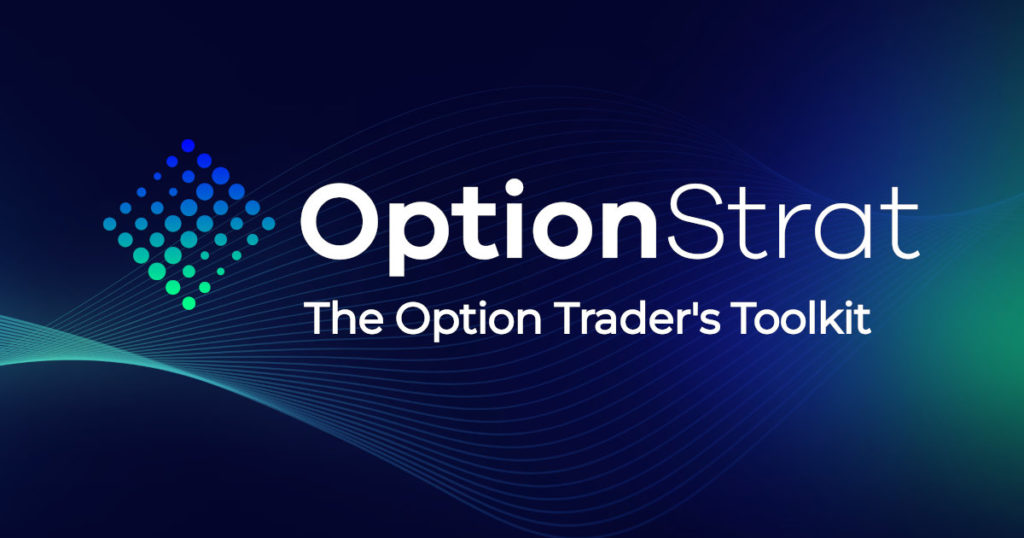While the headline “Triple Your Income from Covered Calls” might be catchy, it’s important to approach such claims with a critical eye. Covered calls are a solid options strategy, but they aren’t a magic bullet. However, there may be some truth to the idea of increasing your income with a “simple tweak.”

Let’s delve into covered calls and explore some adjustments that could potentially boost your returns.
A covered call involves selling a call option on a stock you already own (100 shares). The call option grants the buyer the right, but not the obligation, to purchase your shares at a certain price (strike price) by a specific time (expiration date).
You earn income by collecting the premium, which is the price the buyer pays for the option. Here’s the gist of how it works:
- Stock goes up but stays below strike price: You keep the premium and your shares.
- Stock goes up and breaches strike price: The buyer exercises the option, and you’re obligated to sell your shares at the strike price (potentially for a profit on the original purchase price, but missing out on further gains if the stock keeps rising).
- Stock goes down: You keep the premium and your shares (though they may be worth less now).
The tweak the video likely refers to is probably centered around selling covered calls with shorter expirations and closer strike prices.
Traditional vs. Aggressive Covered Calls
- Traditional: Selling calls with expirations further out (e.g., months) and strike prices above the current stock price by a decent margin. This reduces risk (lower chance of assignment) but also limits premium collection potential.
- Aggressive: Selling calls with shorter expirations (e.g., weeks) and strike prices closer to the current stock price. This strategy can generate more premium income due to higher option prices (time value is a bigger factor in options further out). However, there’s a greater chance of assignment if the stock price rises and breaches the strike price, potentially capping your gains on the underlying stock.
Pros and Cons of Aggressive Covered Calls
Pros:
- Potentially higher premium income due to time value.
- Can be a good strategy for stocks you believe will stay flat or have limited upside potential.
Cons:
- Higher chance of assignment, meaning you miss out on potential stock price gains above the strike price.
- Requires more frequent monitoring and rolling (buying back the calls and selling new ones) to capture additional premium if the stock doesn’t get assigned. This can incur additional transaction costs.
Important Considerations
- Understanding Options Basics: Covered calls are a solid strategy, but options trading carries inherent risks. Make sure you understand options concepts like intrinsic value, time value, and the greeks before diving in.
- Volatility: Higher volatility generally translates to higher option premiums. This can be advantageous for aggressive covered calls, but it also means the stock price could fluctuate more significantly, impacting your strategy.
- Stock Selection: This strategy might be better suited for stocks with a history of limited price movement or where you’re comfortable being assigned (if you believe in the long-term potential of the company).
The Bottom Line
Tripling your income might be an exaggeration, but there’s potential to increase your returns from covered calls with strategic adjustments. However, it’s crucial to understand the risks involved and tailor the strategy to your risk tolerance and investment goals.
It’s wise to consult with a financial advisor to discuss if aggressive covered calls are suitable for your portfolio and risk profile. You can also find many resources online and through brokers to further your options trading knowledge. Remember, successful options trading requires ongoing education and practice.


